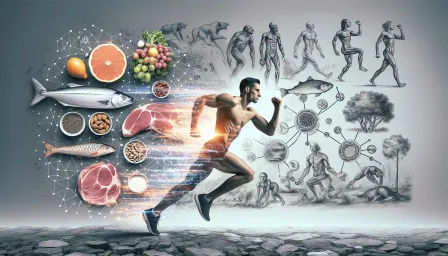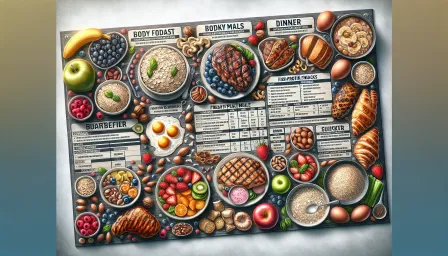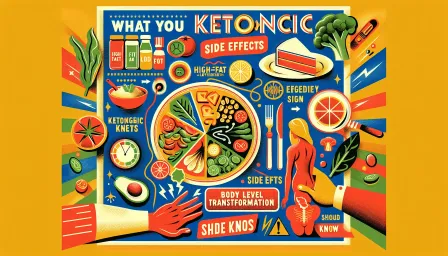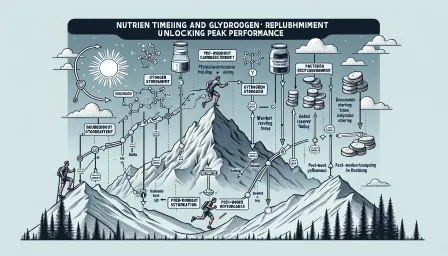The Ultimate Guide to Vegan Diet and Protein: How to Meet Your Nutritional Needs
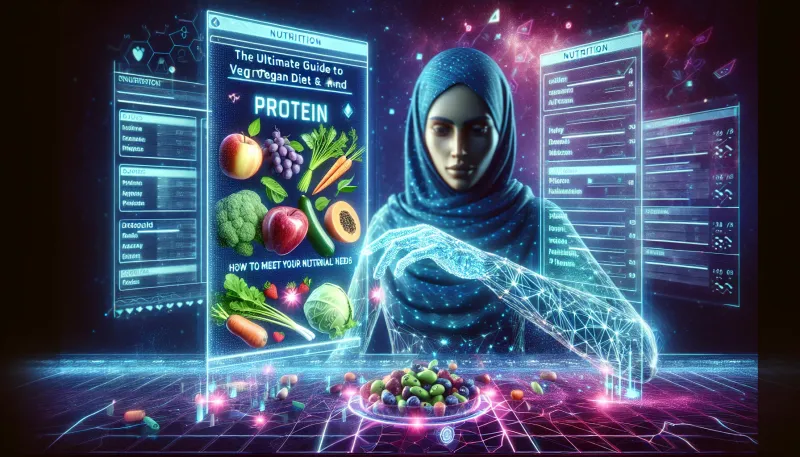
An ultimate guide on maintaining a vegan diet and ensuring adequate protein intake. Learn how to meet your nutritional needs with expert tips and valuable information.
As the popularity of veganism continues to rise, so do concerns about meeting nutritional needs, particularly protein intake. While a vegan diet can be incredibly healthy, balanced, and beneficial for the environment and animal welfare, it does require some planning to ensure you're getting enough protein and other essential nutrients. This ultimate guide will provide all the insights you need to successfully meet your nutritional needs while adhering to a vegan diet.
Understanding Protein Needs
Protein is a crucial macronutrient that plays a vital role in building and repairing tissues, producing enzymes and hormones, and supporting overall bodily functions. For an average adult, the recommended dietary allowance (RDA) for protein is approximately 0.8 grams per kilogram of body weight. However, individuals who are physically active may require more.
On a vegan diet, it’s important to be mindful of both the quantity and quality of protein, ensuring you’re getting all essential amino acids your body cannot produce on its own.
High-Protein Vegan Foods
Vegan diets can naturally be abundant in protein-rich foods. Below is a list of some of the best plant-based sources of protein:
Legumes and Beans
Foods like lentils, chickpeas, black beans, and kidney beans are excellent sources of protein. They are also high in fiber and other essential nutrients.
Nuts and Seeds
Nuts (such as almonds, walnuts, and cashews) and seeds (such as chia seeds, flaxseeds, and hemp seeds) provide a good amount of protein along with healthy fats and micronutrients.
Soy Products
Soy-based foods like tofu, tempeh, and edamame are among the most complete plant protein sources, containing all nine essential amino acids.
Grains
Quinoa, farro, bulgur, and other whole grains are not only protein-rich but also packed with other vital nutrients like fiber, vitamins, and minerals.
Vegetables
Some vegetables, including broccoli, spinach, and Brussels sprouts, contain decent amounts of protein per serving, contributing to your overall intake.
Combining Protein Sources
While some plant proteins are considered complete—meaning they contain all nine essential amino acids—the majority are incomplete. However, by combining different protein sources, vegans can ensure they receive all necessary amino acids. For example, pairing rice with beans or chickpeas with whole grains can create a complete protein profile.
Supplementation: Do You Need It?
Most people on a well-planned vegan diet can meet their protein needs without supplements. However, certain individuals, such as athletes or those with higher protein requirements, might benefit from protein supplements. Vegan protein powders derived from peas, hemp, brown rice, or soy can be excellent choices for those needing an extra boost.
Common Pitfalls and How to Avoid Them
Adopting a vegan diet and ensuring optimal protein intake is not entirely without challenges. Here are some common pitfalls and tips to avoid them:
Relying Too Much on Processed Foods
While convenience is important, over-relying on processed vegan foods can lead to an unbalanced diet. Aim to consume whole, minimally processed foods as your primary protein sources.
Not Eating Enough
Vegan foods are often lower in calories compared to animal-based products. Ensure you're consuming adequate portions to meet your energy needs.
Ignoring Micronutrient Needs
Alongside protein, it's essential to consider other key nutrients that may be lacking in a vegan diet, such as vitamin B12, iron, calcium, and omega-3 fatty acids. Incorporate fortified foods, diverse meals, and consider supplements if necessary.
Planning a Balanced Vegan Diet
A well-planned vegan diet includes a variety of foods to ensure you're getting a broad spectrum of nutrients. Below is a sample meal plan to demonstrate how you can achieve balanced nutrition:
Breakfast
Smoothie with spinach, banana, mixed berries, chia seeds, and plant-based protein powder.
Lunch
Quinoa and black bean salad with avocado, cherry tomatoes, corn, and a lime-cilantro dressing.
Dinner
Stir-fry tofu with broccoli, bell peppers, and snap peas over brown rice.
Snacks
Mixed nuts, apple slices with almond butter, or edamame.
Conclusion
Embracing a vegan diet and ensuring you meet your protein needs is entirely achievable with mindful planning. By incorporating a variety of high-protein foods, understanding how to combine different protein sources, and being aware of potential pitfalls, you can enjoy the numerous health benefits of a vegan lifestyle without compromising your nutritional well-being. Remember, every step you take towards a well-balanced vegan diet is a step towards better health for you and the planet.






